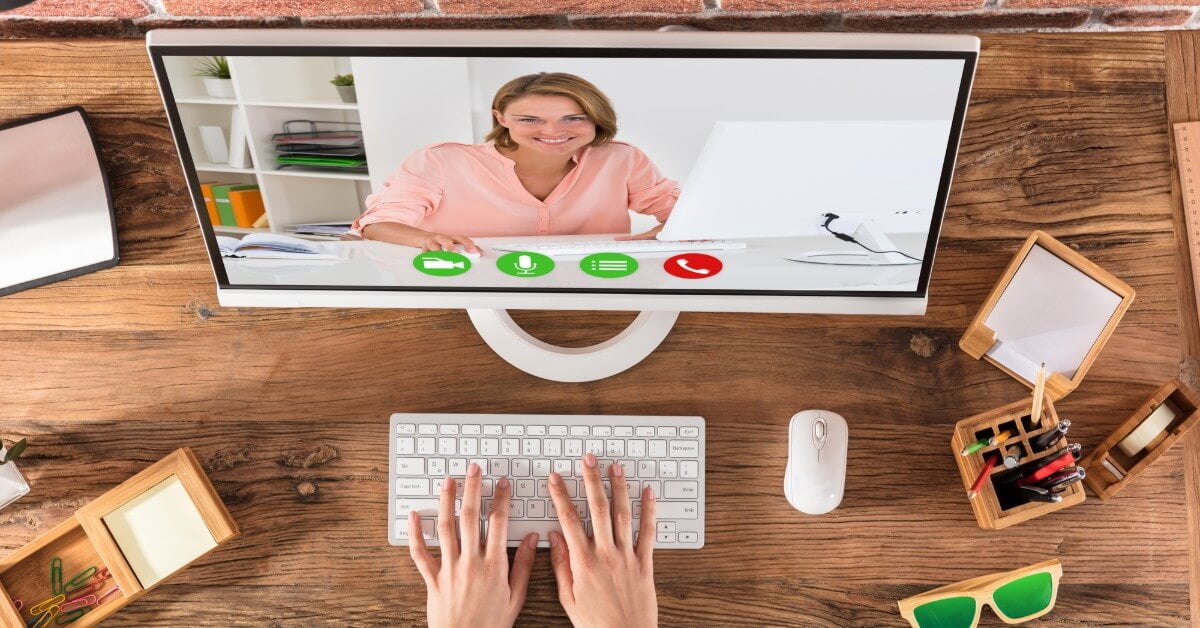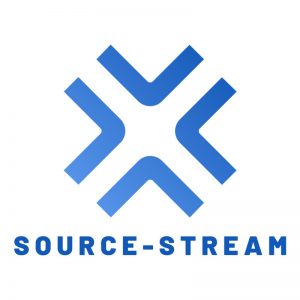
Voiceover is part of many creative elements within a project serving a business need. It could be for internal onboarding or training of employees. It can be direct consumer advertising campaigns or part of a marketing mix. It’s sometimes embedded within products for sale, from audiobooks and podcasts to film. And that spans from Alexa to Disney, from Yahoo to the old ‘Got Milk’ campaign. Even with simple or sophisticated phone systems, the voice is still a part of the experience within the brand.
As content marketing expands in all markets, in multiple channels, the opportunities for branding also multiply. Will the opportunities for voiceover bloom, as well?
There are exciting new trends in how audio is created or used in marketing and to enhance the client experience. It’s a new way of considering business, impacting audio and, yes, even voiceover.
Have you heard about sonic branding?
A strong trend to consider – sonic branding is a unique sound of your brand or company or even a specific product. We’re not talking about the ‘jingle’, although I’d say that fits under this umbrella. From what I understand, sonic branding considers not only the elements like music, effects, voice and theme but additionally who is the audience, what pleases them and draws them in.
You create a unique sound that is always included in a specific experience. I suppose it’s similar to using a company logo for any media. Insert the sonic brand wherever the audio fits, just like you would your logo. I’m hearing of multiple audio-only agencies sprouting up to assist companies with creating and managing their sonic brand. One, in particular, MassiveBass, created a new data-driven sonic branding tool using brand archetypes and values matched to music, to create unique sonic branding strategies. And recently one well-known brand, MasterCard, launched its own sound for all ads and purchase moments.
As the big companies embrace sonic branding, will your team as well?
Other exciting new audio trends…
There’s a whole new platform in audio-only called Clubhouse. An exclusive audio-only invite-only social app, gaining huge traction since launch March 2020. It features spontaneous and scheduled voice-only conversations centered around specific topics. Companies are sponsoring events here, so I’m told. As membership grows, and you get invited, invite me! Although I’m hesitant to add more social media, I’m very curious and would love to ‘get a hear’!
Podcasts are not so new, however, are rising in popularity for businesses. Podcasts with branded original content targeting B2B, B2C and internal audiences are growing. It seems to have taken a while for businesses to figure out how to embrace them beneficially. I’m noticing how podcasts are targeted to support onboarding, employee development, product usage and probably more. Some companies have invited me to voice specific product line trainings distributed via podcast, using other voices for different product lines. Another client is using my voice with internal business podcast intro/outros, matched with script and music to uniquely identify the specific sales topic. This company uses star performers’ voices, as well.
These are the biggest trends I see that also seem to have longevity built-in. Although I’m less sure about Clubhouse, unsure about the ‘trendy’ part of sonic branding, and quite sure about podcasts. Let’s check in after another year!








